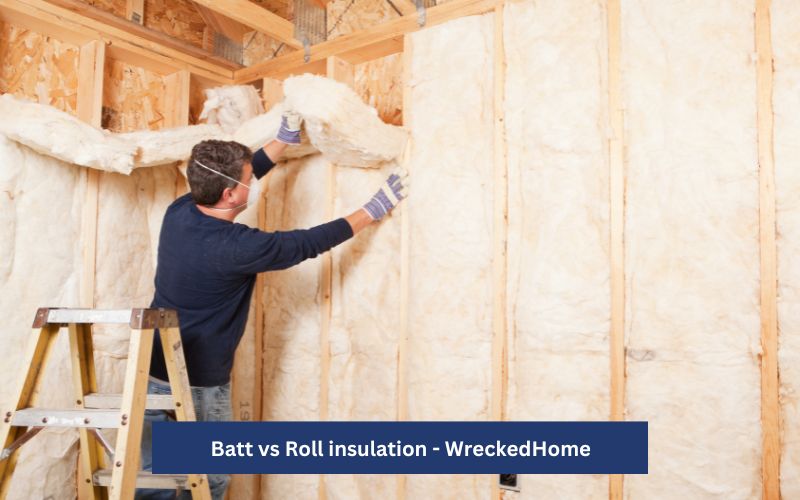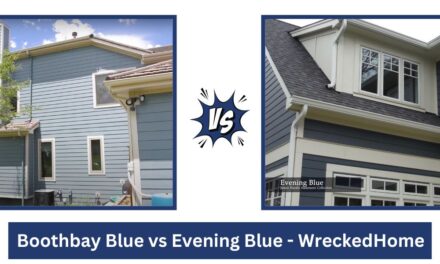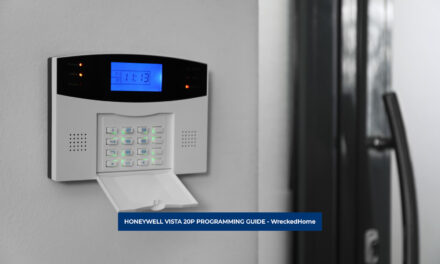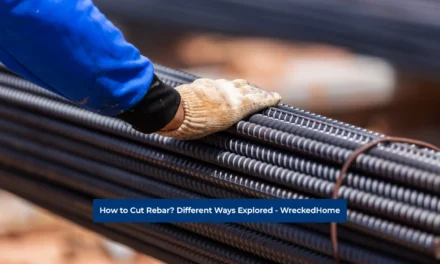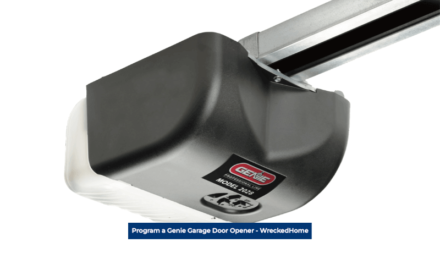Insulation of homes is a great idea to better enjoy both hot and cold weather. It is a natural way to heat up and cool your home by insulating your ceiling and walls. But when someone thinks of trying insulation, he gets trapped in a question: batt vs roll insulation, which one is better? Both insulation types are available in various similar materials but their change in size, shape, and thickness brings the major difference. Let’s discuss in detail batt vs roll insulation to know which one should be your next choice.
What is Batt Insulation
The pre-cut insulation is known as Batt insulation which is typically made from glass wool or polyester. Batt insulation is common because it is affordable and comes with simple installation process as it is already cut by the manufacturer unlike insulation roll. This type of insulation fits snugly in between trusses and studs. The limited airflow between them performs correctly to trap heat.
The best thing is that whenever cutting is required, users don’t have to worry about it as it will take your minimal effort, most of the work is done by the manufacturer. The pieces are not flexible therefore, reshaping them into different sizes and fit in any space is somewhat difficult.
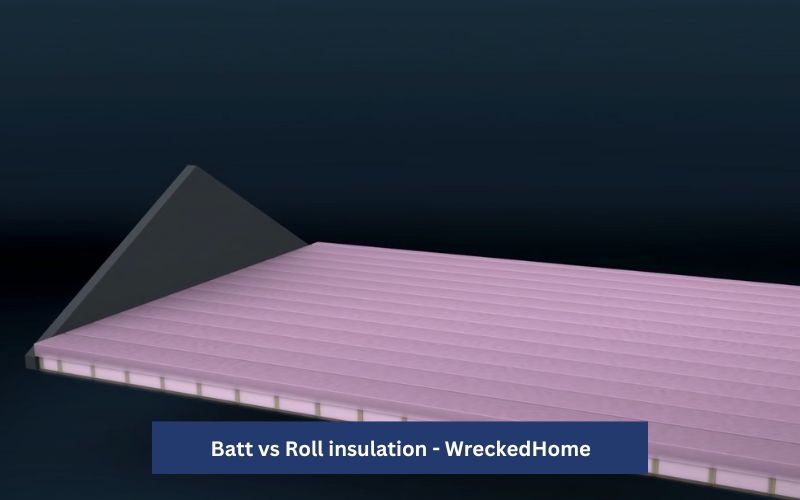
It is beneficial due to the close fitting nature of the panels that are extremely energy efficient. By default, the R-value of Batt insulation is higher than other insulation types. This helps it to keep your home more temperature regulated in the winter and summer. One of its drawbacks is that it is not as much durable as other traditional insulation, therefore, it is necessary to be replaced every few years.
Pros of batt insulation:
- It is affordable for everyone.
- Batt insulation is best for odd shaped or narrow to broader sized areas.
- It is in demand because of its quick and easy installation.
Cons of batt insulation:
- It can leave gaps.
- This one needs a separate or individual vapor barrier.
- Fibers in the insulation can cause irritation in skin, and eyes and affect lungs.
What is Roll Insulation:
It is the type in which rolls of materials are used for the insulation of building. Roll insulation is specifically designed for installation and manipulation. The best thing about it is that you can cut and shape it according to your needs to fit it in any area. Fiberglass is the main construction material for roll insulation but you can also get it in mineral wool, natural and plastic fibers.
Choose roll insulation in an area where long pieces are required, including walls, roofs and floors. When it comes to installation, roll insulation is difficult to install particularly for residential projects. The installer should be careful in cutting the insulation roll so that it fits perfectly into the chosen place.
Pros of roll insulation
- It is simple and easy to cut to any size. (but large size demands to cut it every time while installing in residential areas)
- Roll installation is best for large areas.
Cons of roll insulation
- Its thin material is easy to tear.
- Roll insulation can be unwieldy to manipulate.
- The fiber-less glass in roll insulation causes itchy skin.
Visit our store for 10% off our Save Home Energy products here.
Batt vs Roll Insulation: Comprehensive Difference?
Batt and Roll insulation, both insulators have their own importance and differences and we have to choose according to our needs. Let’s find their differences to make more precise decisions.
Material:
The material of Batt insulation is made from recycled products making it a perfect choice for environmentally friendly people. While on the other hand, roll insulation is made from compressed foam that is a little expensive but more durable as well. However, the former has less thermal efficiency than the latter one.
Moreover, the materials of both roll and bat insulation are mostly similar like fiberglass, wool, or natural and plastic fibers. The difference just comes as batt insulation has a thicker material while roll is the thinner version of the same material.
Shapes and sizes:
batt vs roll insulation are different in size as roll is greater in length than batt insulation. Pre-cut mean batt insulation comes in equal-sized pieces but with a variety of lengths. The average length is 46 to 96 inches, depending on the wall height. While on the other hand, the huge commercial roll insulation average length is 17 feet to 80 feet.
While insulating walls, batt is more easy to use as it mostly comes in 2 by 4-inch and 2 by 6-inch and is perfect for wall cavities. However, you have to cut the roll according to the required size.
Batt insulation is specifically used in lot of movement areas like attics or on the roof, while roll insulation is installed in walls and ceilings. Batt insulation has long lasting effects as compared to roll insulation therefore, it is better. Batt insulation also provides a soundproofing system and has several other benefits that make it better choice for home. When it comes to thermal efficiency, both are good.
Installation
In many cases Batt insulation is more cost effective than roll such as Knauf Thermal Ceiling Insulation a perfect option.
Insulation
When it comes to installation, batt is easy as it comes in a pre-cut form, however, you have to cut roll insulation to fit it in your required area. Remember one thing both insulators are of same material, both offer better insulation when made up of Cellulose, and both insulators are not much effective when made up of fiberglass, thus it is not a good material to use as insulation in cold areas.
Cost
Cost of Batt and roll insulation depends upon different factors including size, insulating material, installation cost and much more. After taking into account all the factors the average batt cost is between $0.12 and $0.60 per square foot and roll insulation is about $0.80 to $1.00 for a square foot.
Cost also varies because rolls are sold as full rolls while Batt insulation is purchased as lone pieces offered separately or in sets. Keeping in mind all factors the price of full roll of insulation is $20 to $90. A full set of batt consisting of 5 to 11 components and you get between $200 and $600 and the price depends on material, size and labor cost. Depending on cost of huge surfaces roll insulation is better than batt insulation.
Effectiveness:
It is difficult to measure the insulation type effectiveness if you don’t know its insulation material, installation procedure, requirement, or surface size. Batt insulation is better and more effective in limited surface size like if you want to apply insulation to a small room. When you need insulation for big surfaces and high walls then it’s better to pick roll insulation because it covers big areas.
Spaces with some obstacles like cables, electric wires, and water lines need teamwork to deal with so it is best to go with roll insulation. You can cover uneven gaps easily with roll rather as opposed to batt insulation. While on the other hand, working alone in a DIY environment, Batt is a better option to get the best results.
R-values:
R-values of Batt insulation per square inch are slightly different from roll insulation. Each insulation has its own unique R value per square inch. Depending on material density and thickness of product the R-value of roll ranges from 3 to 21 whereas R-value of Batt fiberglass is 10.8 to 11.9 per 3 ½ inches. Mineral wool has 19 to 21 per 6 inches, among other things. Batt R-value is roughly 3.1 to 3.4 inches per inch, while on the other hand roll one has an R-value of 2.9 to 3.8 inches per inch.
We cannot only differentiate r-values of insulation through best metric but the capacity to seal gaps and cover air spaces over broad areas also has affect on R-value and it may increase it.
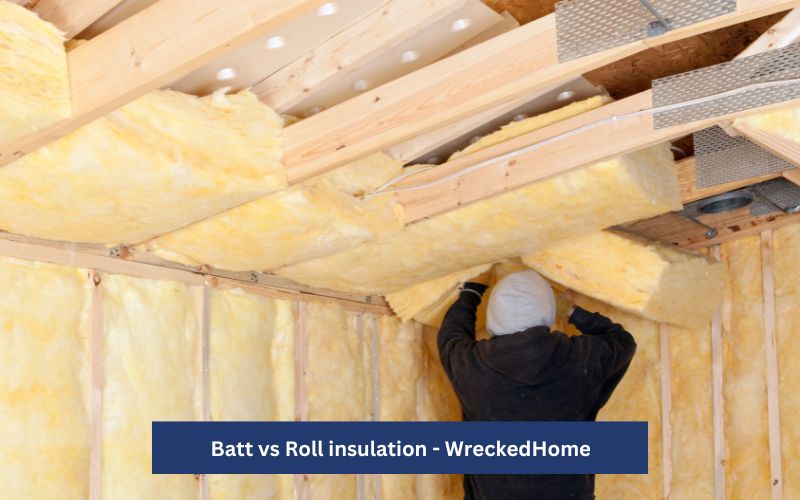
Which one is better, batt or roll insulation?
There are many factors that help a person make a choice between both Batt or Roll insulation. We have discussed all the points in detail to make your decision easy in choosing the better insulation. Batt insulation is made from recycled newspaper therefore it is more affordable but difficult to install. Home insulation contractors mostly love to choose higher R-value insulation per inch of thickness. It is easy to insulate your walls or attics with batt using roll in roll out (RIR) insulation or insulated with fiberglass batt.
You can pick Batt insulation, which is also good because it offers better thermal performance and durability. Both types are effective in providing efficient insulation against heat flow in homes. Still, batt insulation is better option because of its overall energy efficiency which is because of higher R-value. Which one is better? Before choosing one you should consider the pros and cons of both types of insulation to make more precise decisions.
Which type of insulation is best for my home?
In the case of homes, batt insulation is generally considered to be best because it is better for surfaces with cables and pipes attached to them but if we want easy installation and the surface is straight without obstacles then roll might be the best choice for less experienced.
Batt insulation provides great thermal efficiency and is moisture resistant as compared to roll because it can trap more heat in its fibers. While on the other side, roll insulation is expensive and easy to install making it a great option. For your home, you have to choose the insulation according to your needs, as both the insulators have their own benefits and drawbacks.
Conclusion
When it comes to batt vs roll insulation, the decision depends upon your requirements, location, and the material you choose. As per our comparison, both are good and offer best insulation thus batt insulation is easy to handle, perfect for small spaces as it comes in a pre-cut form. Roll insulation, which comes in big roll forms, are a better option for larger areas. Though you have to cut it according to your area of installation needs but, it is easy to cut; just remember to be careful with whole measurements.
For any repairs, installations, builds, or questions; We recommend you to hire a professional. Find A Pro Near You Here!

